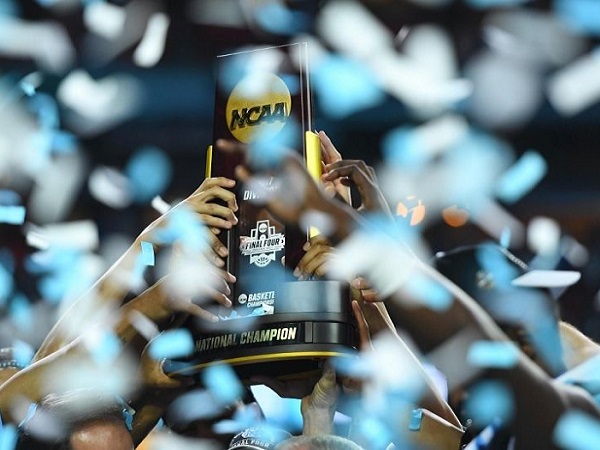In Hollywood filmmaking, there is a term used among studio executives, talent representatives, actors, and writers. The term is packaging. Packaging is the practice of talent agents and agencies bringing together an actor(s), producer(s), and director for a film to a studio or independent producer. In exchange, the agent or agency takes a percentage of the deal. You can learn more about the structure of a packaging-type deal, but it is generally a “3/3/10” percentage based on qualifiers and stages of selling and box-office success.
The purpose of packaging is two-fold: (1) where an agency has a multitude of clients that can benefit each other by getting to work and (2) be enticing to a studio as a package of talent, skill sets, and work product that can be sold to a studio for a particular film (or even television series). The set of skills and work product may include, but is not limited to: financing, talent, script, production, distribution, and marketing. The process makes filmmaking easier for studios and agencies.
On the other hand, the practice of packaging is seen by writers (and their guild, the Writers Guild of America (WGA)), as a way to usurp funds from the talent and introduce an array of conflicts of interest especially as agencies made their way into owning production studios. However, the WGA and nearly all of the major and minor talent agencies have now signed on to new deals with the WGA that sunset the practice of packaging with limitations on the percentage of agency ownership in production companies. The writers are now getting back to work with their traditional agency relationships.
The interesting thing about business development and growth in industry is that when one door closes, another one opens. It is up to the business leader(s) to open and walk through that door. To recognize opportunity and capitalize.
Where the door to packaging closed, and even in anticipation of it, several talent agencies began to break into the sports sector and represent athletic talent. CAA, WME, ICM, and UTA (the big four Hollywood talent agencies) have all made recent (and major) strides, investments, and partnerships into the sports industry by way of signing athletic stars or with sports agencies who represent sports talent. Talent agencies needed to find additional talent to represent to (1) challenge the change in the industry standard, thus reducing profits (e.g., no packaging fees and reduced percentage of production studio ownership), and (2) to greet athletes at the intersection of change in the industry where more sports talent began crossing-over into entertainment activities like acting, podcasting, writing, producing, etc., not to mention NCAA NIL opportunities.
The above business principle of expanding services to new clients and consumers is nothing new. Apple has pushed into services and content to maintain and increase revenue as challengers arrived to its cell phone product, the iPhone. NBCUniversal is using the Olympics to grow its streaming service, Peacock. WarnerMedia went straight to streaming for all of its 2021 tentpole films to avoid the theater shutdown dilemma through streaming platform, HBO Max. Although the practice of packaging is being outlawed, having entertainment and sports talent under the same roof does provide for discussion, collaboration, content, and opportunity, not to mention profits.























